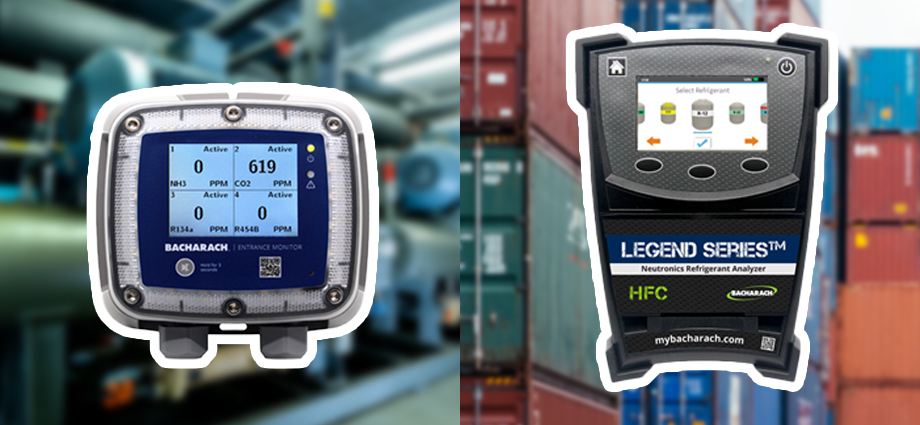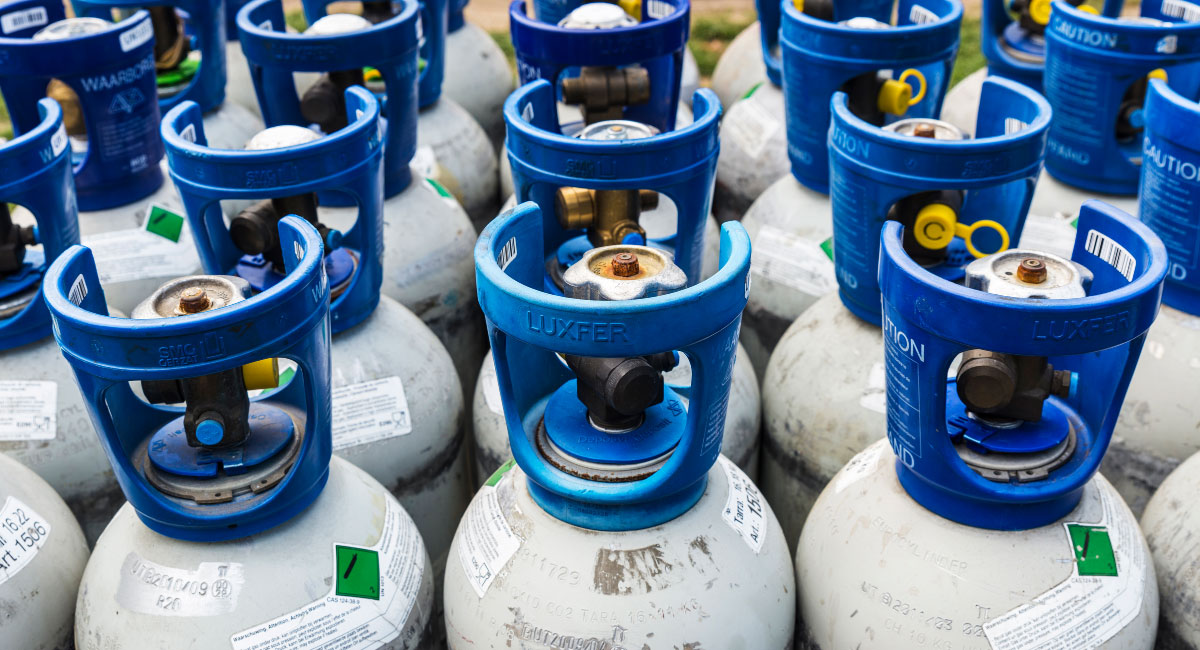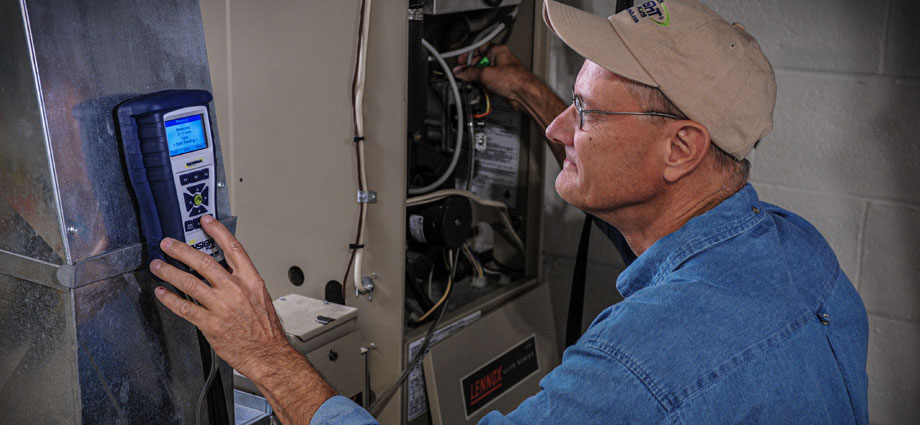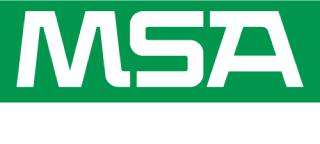

On July 17, 2019, the Government of Quebec published proposed amendments to its Regulation respecting halocarbons, a regulation that first came into force on December 23, 2004. With these proposed revisions, Quebec becomes a part of the discussion around the global HFC phase down.
Most notably, the proposed amendments include new HFC prohibitions and strengthened refrigerant leak testing requirements, and that’s the focus of this article. Let’s get started.
New HFC Prohibitions
One of the major highlights of Quebec’s proposed amendments are the HFC prohibitions, which put a time limit on the use of certain hydrofluorocarbons (HFCs). Now, these HFC bans are meant to complement the Canadian federal government’s HFC phase down plan.
Specifically, the proposed HFC prohibitions are as follows:
Food Retail Equipment
From January 1, 2021, it is prohibited to install a refrigeration unit using an HFC and used to preserve food in a commercial, industrial or institutional establishment, if:
- The establishment has an area of more than 929 m2;
- The establishment has a closed engine room; and
- The refrigeration unit is independent from the mechanical system used for heating, ventilation and air conditioning.
Additionally, no person may manufacture, sell, distribute or install any of the following units as of the dates below:
Certain R-AC Units
From January 1, 2021, a refrigeration or air conditioning unit designed to work with an HFC having a global warming potential (GWP) of more than 1,500. (This ban would not apply to a refrigeration or air conditioning unit for domestic use or to a transport refrigeration unit.)
Chiller Units
From January 1, 2025, a chiller unit designed to work with an HFC having a global warming potential (GWP) of more than 750.
Transport Refrigeration Units
From January 1, 2025, a transport refrigeration unit designed to work with an HFC having a global warming potential (GWP) of more than 2,200.
As you can see, there are several different categories to these HFC prohibitions, with the most notable one being the complete install ban for HFCs in food retail equipment.
Furthermore, owners of some of the equipment addressed above (i.e., some refrigeration or air conditioning units as well as chiller type refrigeration or air conditioning units) are subject to strengthened leak testing requirements per these proposed amendments, which leads us to the next point:
Strengthened Leaking Testing Requirements
The owner of refrigeration or air conditioning units having a power rating equal to or greater than 20 kW and / or chiller type refrigeration or air conditioning units must ensure that the aggregate of the components containing or intended to contain a halocarbon is subject to a leak test.
When the leak test must be carried out depends on the halocarbon charge of the unit:
- For a unit with a charge equal to or less than 10 kg, once a year;
- For a unit with a charge greater than 10 kg but less than 100 kg, every 6 months;
- For a unit with a charge equal to or greater than 100 kg, every 3 months.
Interestingly, the proposed amendment also specifies that these leak tests must be carried out “using an electronic leak detector with a sensitivity of at least 5 g per year as to the type of halocarbon used,” and Bacharach’s PGM-IR refrigerant leak detector meets such sensitivity requirements. This stipulation comes with little surprise, as electronic refrigerant leak detection methods are the best and most popular method to find a refrigerant leak.
Once the unit has been repaired following the detection of a leak, the unit must be leak tested 1 month after the unit is reactivated.
HFC Emission Reduction Efforts on the Rise
While there are other amendments proposed in Quebec’s draft regulations (e.g., as it relates to the environmental qualifications of personnel and the recovery of halocarbons), we have focused on the most important ones.
The comment period for these proposed amendments closed on August 31, 2019, and we will provide an update here accordingly once more information around these proposed revisions arrive (and if / when the regulation is finalized).
Ultimately, this regulatory development is but another indication that HFC emission reduction efforts are on the rise globally.
With such a drive to reduce HFC emissions, it’s important to ensure your refrigerant emissions are effectively measured and reduced. This can be achieved through the use of Bacharach’s high performance leak detection equipment that can detect low level leaks as early as possible.






